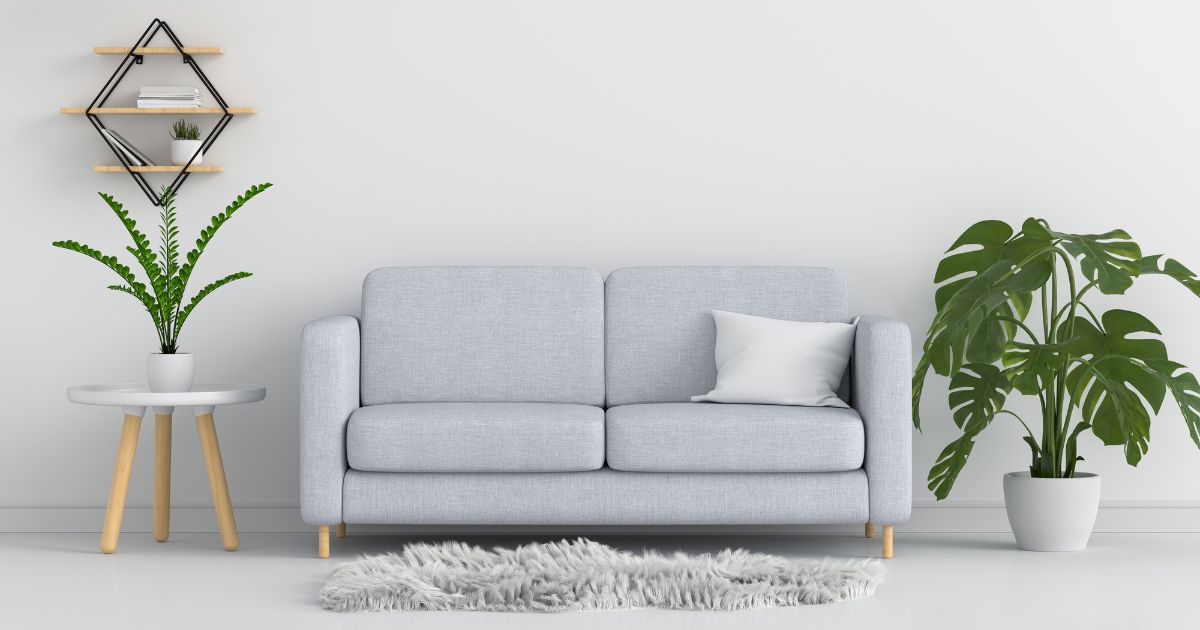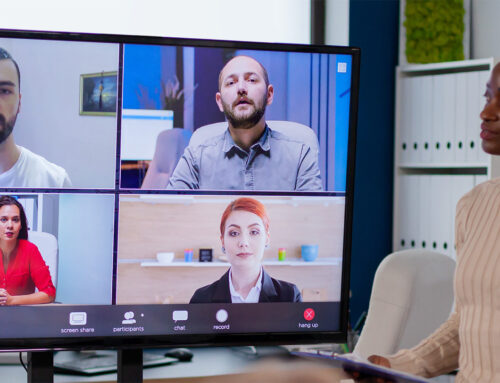By Jay Thordarson, VP, Research Services
In 2019, in-person interviewing and focus groups were halted. During the years leading up to the global COVID-19 pandemic, in-facility projects, in-office and in-home research interviewers were on the decline.
In a post-COVID world, we are faced with tighter budgets and less willingness for clients to spend on a facility rental for a handful of interviews or groups and continue to use synchronous virtual platforms such as Zoom and InterVu.
That said, it is important to acknowledge the relevance and importance of the in-person in-home/office methodology within the practice of qualitative research.
Let’s discuss the methodology in greater depth and highlight the pros and cons of conducting in-home/office interviews or groups and how to overcome obstacles one might encounter along the way.
Why In-home/In-office qualitative research is important in today’s world
While quantitative researchers have made a near seamless transition to online platforms, qualitative researchers have found it more difficult to effectively transition most qualitative methods to an online platform.
Qualitative researchers struggle to adapt and apply the core principles of qualitative research, such as data integrity and richness.
In addition, they experience a wide range of other challenges, such as difficulty observing and recording non-verbal cues from participants, controlling respondent’s environment to reduce noise, eliminating distractions, ensuring privacy, and limitations due to the degree of digital literacy of participants during synchronous qualitative data collection.
Whether the research team is inquiring about a new cooking tool, cleaning product, or food item, the in-home interview is often the perfect methodological choice. The in-home interview or groups may be designed with the respondent(s) using the product as part of their normal routine.
If the topic is specific to a food product, the in-home interview research company team may ask the participant to actively open and cook the product as they normally would while they ask them live questions. This allows respondents to remain in their natural environment, and it’s a big reason why in-home interviews are often chosen for product concept development and packaging tests.
Facility rental costs & client travel
The cost of renting focus group facilities can be challenging when budgets are already tight. You can easily spend $5000 per day, and then there’s the client travel to one specific location, most often downtown where most people do not live and work. This all equals unnecessary daily overhead costs and restrictions on respondent sample due to geography. The overhead for facility rental is budget better spent on a more positive overall experience for respondents and clients.
Respondent travel & last-minute cancellations
With the rise in remote and hybrid working arrangements, there are more opportunities to consider in-office interviews for B2B research. B2B respondents can also be interviewed at home in their natural setting. They are less likely to cancel due to time constraints, and groups/interviews will start on time and finish on time. The respondent isn’t coming into a facility full of stress and challenges from their commute to the venue. There are also less restrictions for those with physical and mental disabilities.
The daunting one-way mirror
Traditional focus group rooms with a one-way mirror can mimic an interrogation room and are not the best way to gain the trust and openness of respondents. Conducting interviews in the respondents’ natural setting will lead to better research results and meeting the project objectives.
How to recruit respondents for in-home/in-office qualitative research
Recruitment process
Qualitative research respondents are often eager and willing to express their thoughts and opinions and the idea of not having to commute to a facility is likely a welcomed part of the process. The uptake and overall interest amongst respondents for in-home/in-office interviews is most often very positive.
If the topic or criteria is challenging from a recruitment perspective and has a low IR, use a snowball recruitment process by asking the host to help with recruitment. While still maintaining quality control with a call center, the ease and comfort with friends in a group setting of 3-5 “friends” groups allow for a strong sample set for your project.
For example, if we have a project with real estate agents, we can suggest having a lunch group at a local restaurant and either recruit all using our internal team or recruit a seed and have that seed recruit 3-4 colleagues.
All respondents are re-screened by the call center to ensure quality control and screening criteria have been met. Everyone is very actively engaged and involved, and they look forward to taking part in the research.
Pre-task for respondents
Designing a pre-task will help ensure the respondents are prepared and committed for their interview or group. For example, we could ask them to use the product for 3-4 days before their interview or group or do a pre-read of the concepts and communication materials and ask some key questions to get their mental motivation into the research lane.
Moderator prep call
To help manage nerves and to further re-screen for quality and safety reasons, a pre-arranged call with the moderator and respondent should be set up and completed. This puts everyone at ease and when the moderator arrives, they can get started on the research without having any reservations.
How to manage the obstacles with in-home/in-office qualitative research
Lots of clients want to view the research
It is reasonable to consider two researchers and two clients to attend and view in-home/office research interviews or groups. While space can be a challenge when in someone’s home, usually there is a way to accommodate the needs of the team and respondents genuinely look forward to hosting their research group, often going above and beyond as the host for the client and research teams.
In some cases, if the respondent cannot include a four-to-five-person research team, some technology may be required for clients to view the interview or group offsite.
Confidentiality & consent for recordings
Sign NDAs and waivers in advance, and again onsite if necessary. Make sure respondents understand the reasoning behind the confidentiality and ensure they agree to being recorded for research purposes.
Sample size restrictions

In-home/in-office interviews do not need to stand alone in the research design. You can consider Online Bulletin Boards over a 3–4-day period with a larger sample size, go exploring and regroup with a sub-set of respondents from the online bulletin boards to be chosen for in-person interviews.
Logistics & project planning
Using GPS and some logistical coordination, the main concern most researchers have with in-home interviews or groups is the commute time between interviews. It can be difficult to recruit and schedule respondents to allow for a natural path of travel from A to B. It is important to ensure there is sufficient time in between interviews for travel and a dedicated coordination team. Respondents will be on time as they have nowhere to go.
Geographic restrictions
The Logit Group has access to moderators based in areas all over the world. They are well-versed in many areas of research and marketing categories, and as local professionals, they have a deep understanding of the culture as well as specific project requirements. This level of expertise results in reduced travel and facility costs.
Conclusion
In-home and in-office qualitative research is very important to our industry and should always be considered where appropriate.
This methodology still has a lot to offer the world of market research in 2023, especially when we prioritize respondent comfort, plan ahead on research logistics, and take advantage of the shift towards hybrid and remote work.
Have a project that you’re looking to field?
Logit can help. Just fill out the form below and a Logit Group team member will be in contact with you shortly. Get a quote today.





